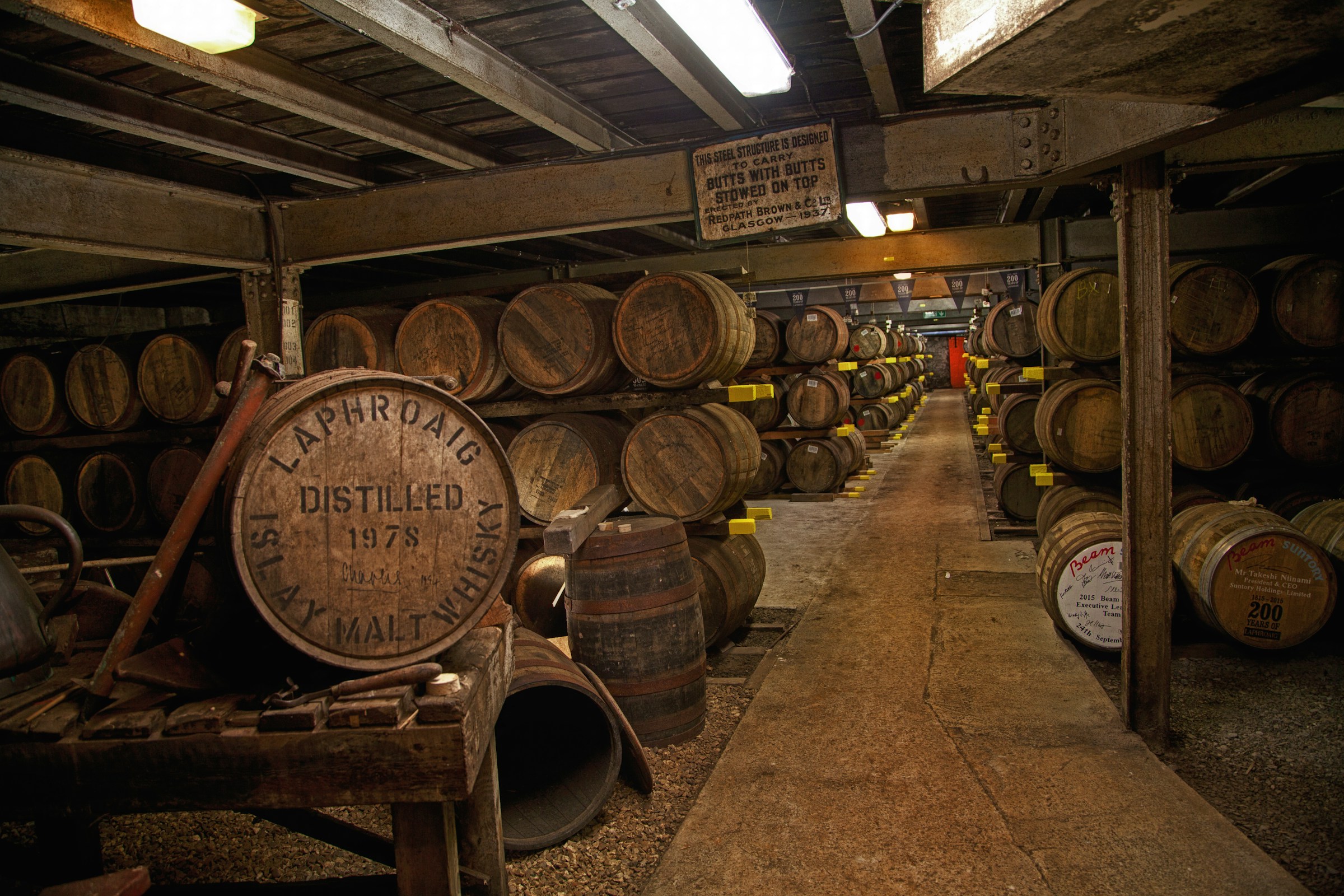Benrinnes distillery information
The original Benrinnes distillery was built by Peter Mackenzie at Whitehouse Farm, in 1826 using the name Lyne of Rurthrie. That distillery was destroyed during the Muckle Spate, a flood that devastated much of the Strathspey region. In 1835, a new distillery was built some three quarters of a mile south-east of the Whitehouse farm, at the time still operating under the old name. The new owner, John Innes, went bankrupt in 1838, with the distillery taken over by William Smith & Co. It was Smith who decided to change the distillery name to Benrinnes.
Smith was at the helm of the distillery until 1860, when he, too, ended up having to declare bankruptcy. The distillery then was bought by David Edward, a farmer, who later passed it on to his son Alexander Edward. Alexander went on to become a leading figure in the whisky business, founding the Aultmore, Dallas Dhu and Craigellachie distilleries, as well as being a shareholder in Oban and Yoker, and being involved in establishing Benromach. In 1896, the distillery was damaged by a considerable fire. During the reconstruction process, electricity was added. However, far greater damage was done in 1899, when the Pattison crash hit the whisky industry, and forced the Benrinnes distillery to drastically cut production, nearly bankrupting Alexander Edward. Edward employed the help of famous distillery architect Charles Doig to rebuild and modernize Benrinnes.
New owners
They struggled on until 1923, when John Dewar & Sons Ltd bought the distillery. In 1925 Dewar & Sons merged with Distillers Company Limited (DCL), who transferred the distillery to Scottish Malt Distillers Ltd (SMD) in 1930. Between 1955 and 1956 the distillery was rebuilt, and the malting floor was replaced with a Saladin Box in 1964. Two years later, in 1966, the amount of stills was doubled from three to six (triple distillation was used). The stills were converted to use internal steam heating shortly after in 1970. In 1974, triple distillation ceased, and instead “partial triple distillation” would be used, where the feints and low wines from the second distillation are distilled an extra time in the third still. This is somewhat similar to the process of 2.5 distillations used at Springbank).
The Saladin box was decommissioned in 1984. 1991 saw the release of a Flora and Fauna bottling. In 1998, the distillery was transferred from then owner United Distillers (UD, which were owned by Guinness) to United Distillers & Vintners (UDV), which later became Diageo. In 2007, the partial triple distillation technique was abandoned, and regular double distillation was used, using 2 wash stills and 4 spirit stills.
Benrinnes whisky
Benrinnes is one of the few remaining distilleries to use wormtubs for the condensation of the distilled spirit. Most of the whisky distilled at Benrinnes is used in blends, with few official bottlings existing:
- Flora & Fauna; 15 Year Old (released in 1991)
- Rare Malts; 21 Years Old (released in 1996)
- Manager’s Choice (released in 2009)
Distillery info:
| Name | Benrinnes |
| Region | Speyside |
| Logo |  |
| Status | Active |
| Founded | 1835 |
| Water source | Scurran and Rowantree Burns |
| Owned by | Diageo |
| Address |
Benrinnes distillery |
| Visitor centre | No |
| Website | N/A |
| N/A | |
| N/A | |
| Community | N/A |
| Map |
Distillery Setup:
Component |
Capacity |
Quantity |
|---|---|---|
| Mash tun | 8.7 tonnes | 1 (Semi-Lauter) |
| Washback | ? litres | 8 |
| Wash still | 20,000 litres | 2 |
| Spirit Still | ? litres | 4 |
| Expected yearly output in LPA (Litres of pure alcohol) | 2,500,000 |
